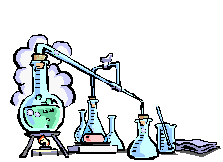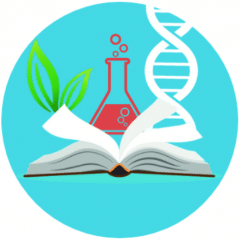Bacteria & Virus Study Guide
1. What were the earliest known living organisms?
2. Name 3 ways bacteria can be classified.
3. Name two structures found around the outside of ALL bacterial cells.
4. What is the shape of these bacteria — coccus, spirilla, & bacillus?
5. What is the only non-membrane bound organelle found in the cytoplasm of bacteria?
6. Bacteria have how many chromosomes?
7. Other than the cell membrane, name one thing that bacteria and eukaryotes have in common.
8. What is a pathogen?
9. Name 3 places where archaea can be found.
10. Viruses are only active when?
11. What can some bacteria form to survive harsh environmental conditions?
12. What two things make up a virus?
13. What color do Gram + bacteria stain? Gram -?
14. Why are bacteria considered prokaryotes?
15. Give 3 reasons bacteria are considered nonliving.
16. What is the protective protein coat of a virus called?
17. Name 3 things used to classify viruses.
18. Do viruses have cellular parts?
19. Which are smaller, a bacterial cell or A VIRUS?
20. Can viruses be crystallized for study?
21. What virus did Wendell Stanley study & what plant did it attack?
22. What makes up the coat of a virus?
23. What makes up the core of a virus?
24. If viruses are too small to be seen with a light microscope, why did early scientists begin to study them?
25. What do you call viruses with the enzyme reverse transcriptase?
26. What makes up a viroid?
27. Describe the chromosome of a bacterial cell.
28. When a bacteriophage attacks a bacterium, what is injected into the cell? what remains outside the cell?
29. In what life cycle does viral DNA become integrated into the host cell’s DNA?
30.What human activity is responsible for the outbreak of many new viruses?
31. Viruses know which host cell to attack because of ___________ on the surface of the host cell.
32. Did viruses appear before or after living cells?
33. What structures are used by some bacteria for movement?
34. List a variety of conditions in which bacteria can live.
35. What are prions made of?



